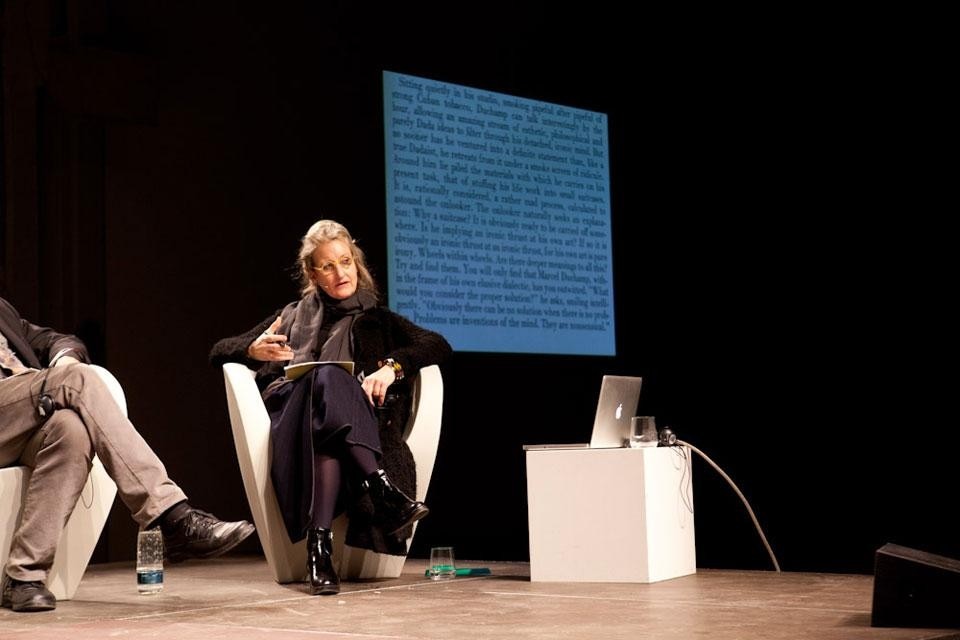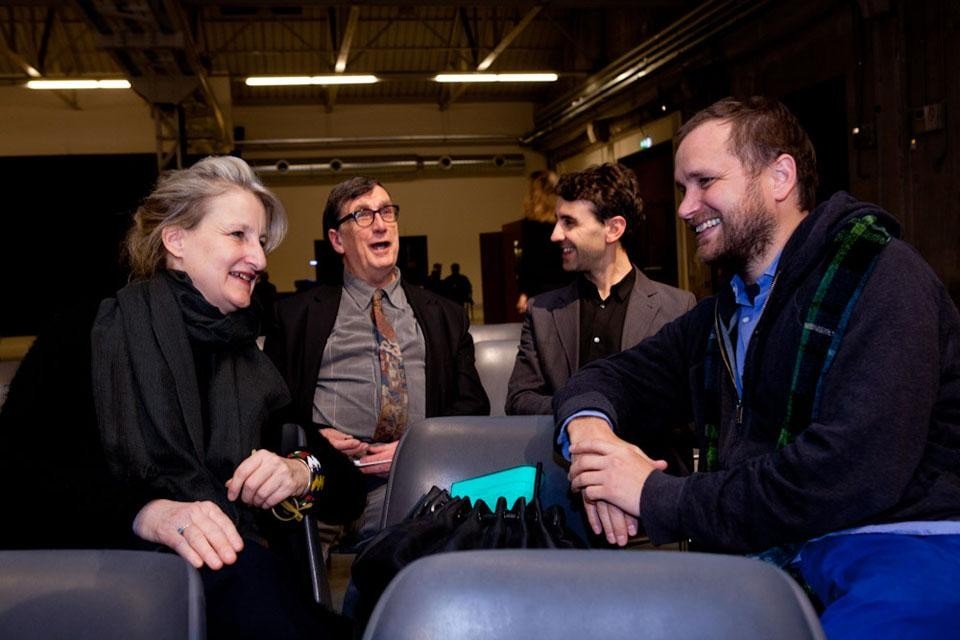Such aspiration, easier said than done, was fulfilled in the informal conversation between artist Tomás Saraceno, art historian Molly Nesbit, sociologist and thinker Bruno Latour, and architecture and design researcher Joseph Grima, moderated by HangarBicocca curator Andrea Lissoni. Together, these experts shared their visions on Tomás Saraceno's work On Space Time Foam, currently on display at the institution.
Another challenge for the encounter lied on the inner nature of the artwork created by the Argentinian artist: the inflatable structure, made of three layers of thin plastic suspended high above the ground, into which visitors are invited to walk in — or better, crawl —, became so popular in its appeal to an straightforward physical experience, and in offering a real vision of an impossibility that it seemed to forgo any attempt of conceptualization or analysis.
Ultimately, the challenge was how the different speakers would address the upmost simplicity and blatancy that characterizes Saraceno's installation, through a pertinent examination that would not overcharge the work with unnecessary analytical weight.
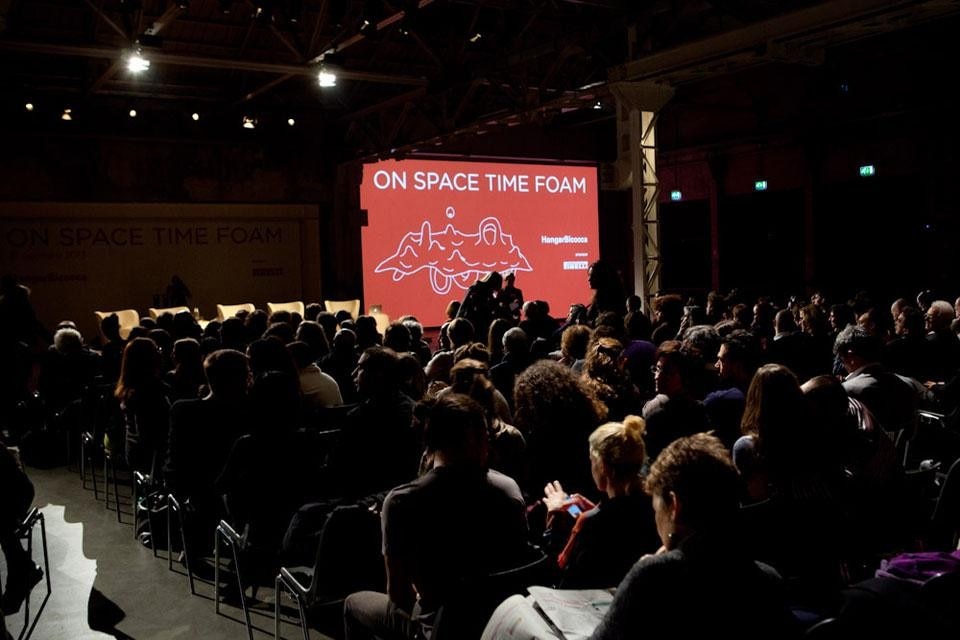
The first to intervene was Molly Nesbit, who took the occasion to reflect about the (invisible) configuration of the creative act and about the intentions and wishes that never are expressed in an artwork. Drawing a parallel with that "continuous, chronicle thinker that was Marcel Duchamp", Nesbit sustained that, likewise, Saraceno struggles to produce works that go beyond the boundaries of what we know, and by doing so he enables the appearance of ideas in different states without there being an alteration of their inner properties.
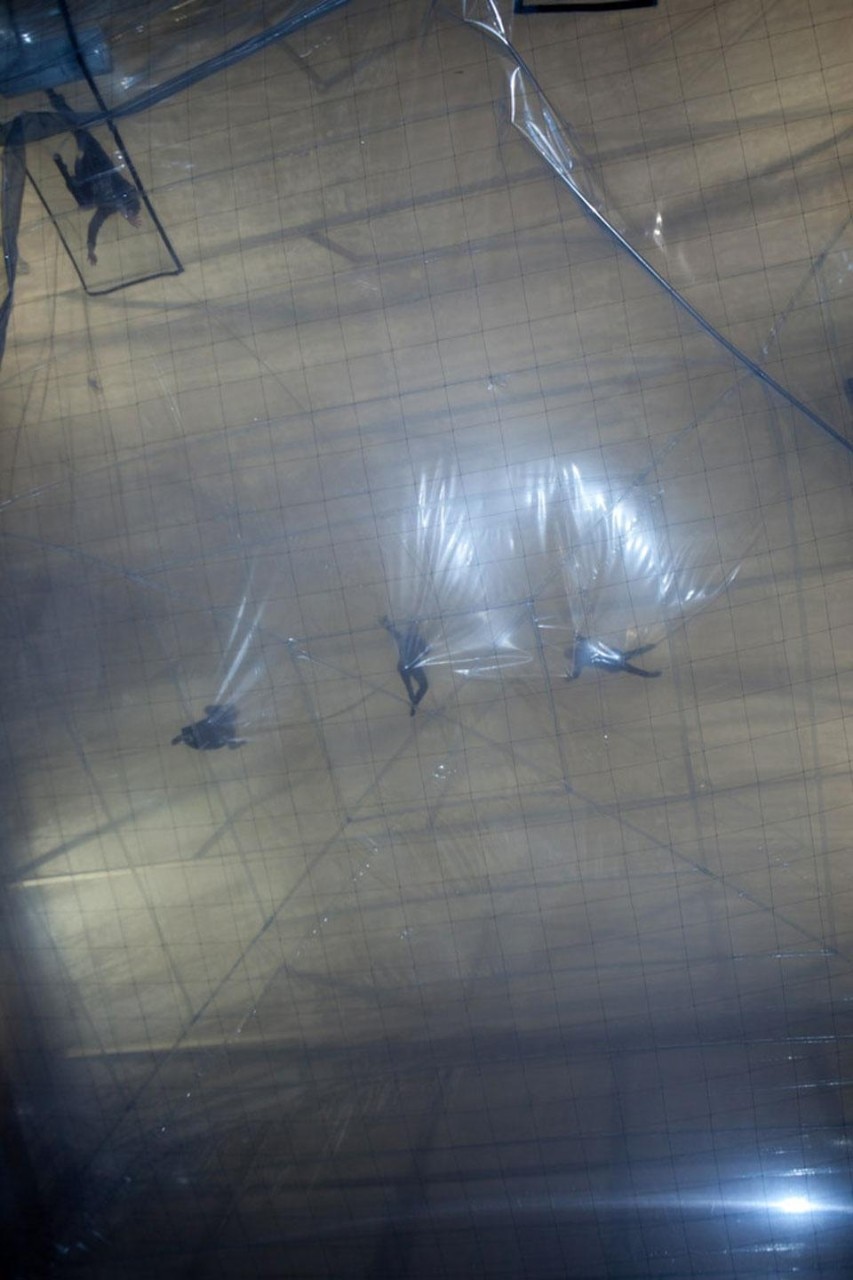
It was also a matter of an abstract arrangement and location, and the meaning of a creative space, that informed Bruno Latour's discourse. The sociologist applied, in a simplified way, some of his central concepts to the analysis of Saraceno's work, namely the actor-network theory — an overview of how people, ideas and technologies interact to form coherent elements —, by defining a habitat as a shapeless entity that possesses a potential inhabitable space in which nature and society are undistinguishable, and by offering an overall re-evaluation of man's relation with the past, in particular with modernism.
The difficult task lied on how the different speakers would address the upmost simplicity and blatancy that characterizes Saraceno's work with a pertinent analysis that would not overcharge it with unnecessary analytical weight
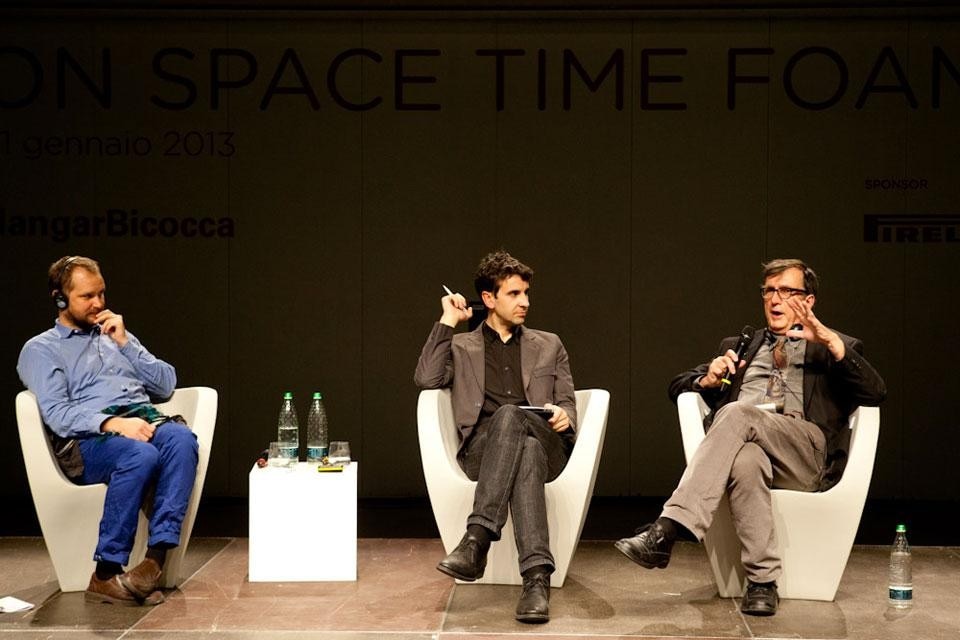
For Latour, the experience of being inside Saraceno's work is not pleasant or reassuring. Even if it can be entertaining and alluring, it produces terrible, tragic feelings, more real and scary than the dramatic vision of Anselm Kiefer's Seven Heavenly Palaces, permanently installed in the main nave of the HangarBicocca.
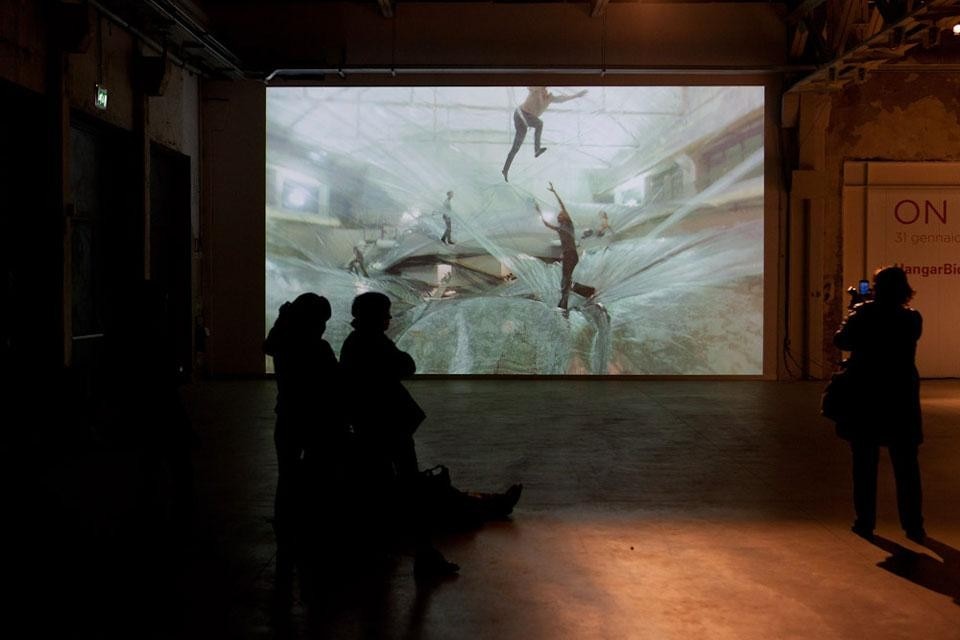
Joseph Grima's contribute weaved a double thread: on the one hand, he traced a brief genealogy of Saraceno's practice, connecting On Space Time Foam to some of the artist's previous pieces and set one's sights onto the incredible future possibilities of his work. On the other hand, Grima interlaced Nesbit and Latour's thoughts in an analysis that contemplated a critique of modern urbanism and architecture, while reflecting on the concrete achievements of the installation at HangarBicocca.
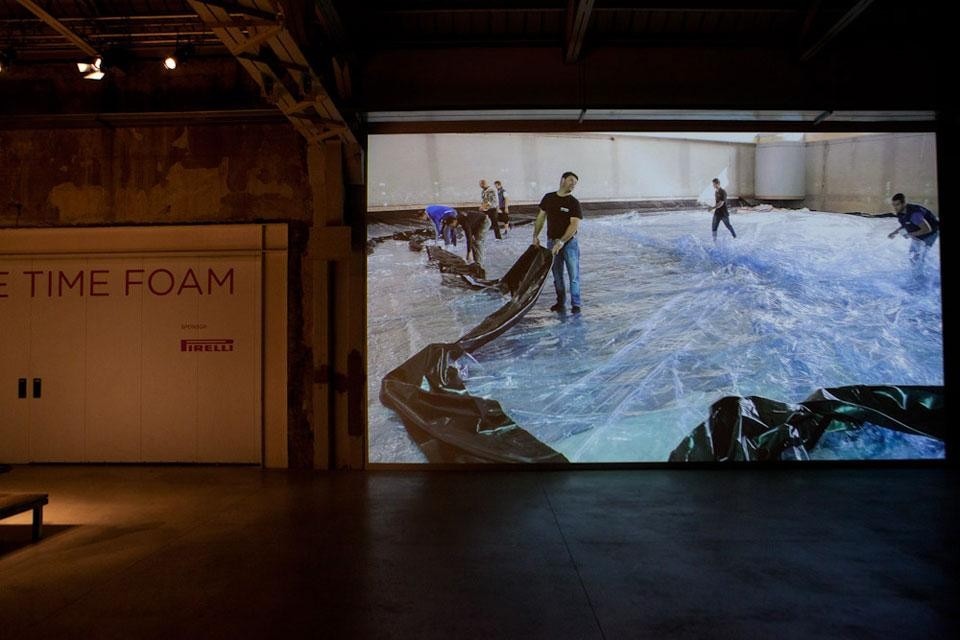
Grima recalled Saraceno's roots on utopic architecture, arguing that On Space Time Foam functions like a real test site, not only because it encourages the experimentation of bodily, social and spatial relations, but also because it departs from a project that, despite sharing the problems and researches of different disciplinary fields, went beyond the illustration of an experiment, actually achieving its aims and taking us all to the clouds, in a cloud.
